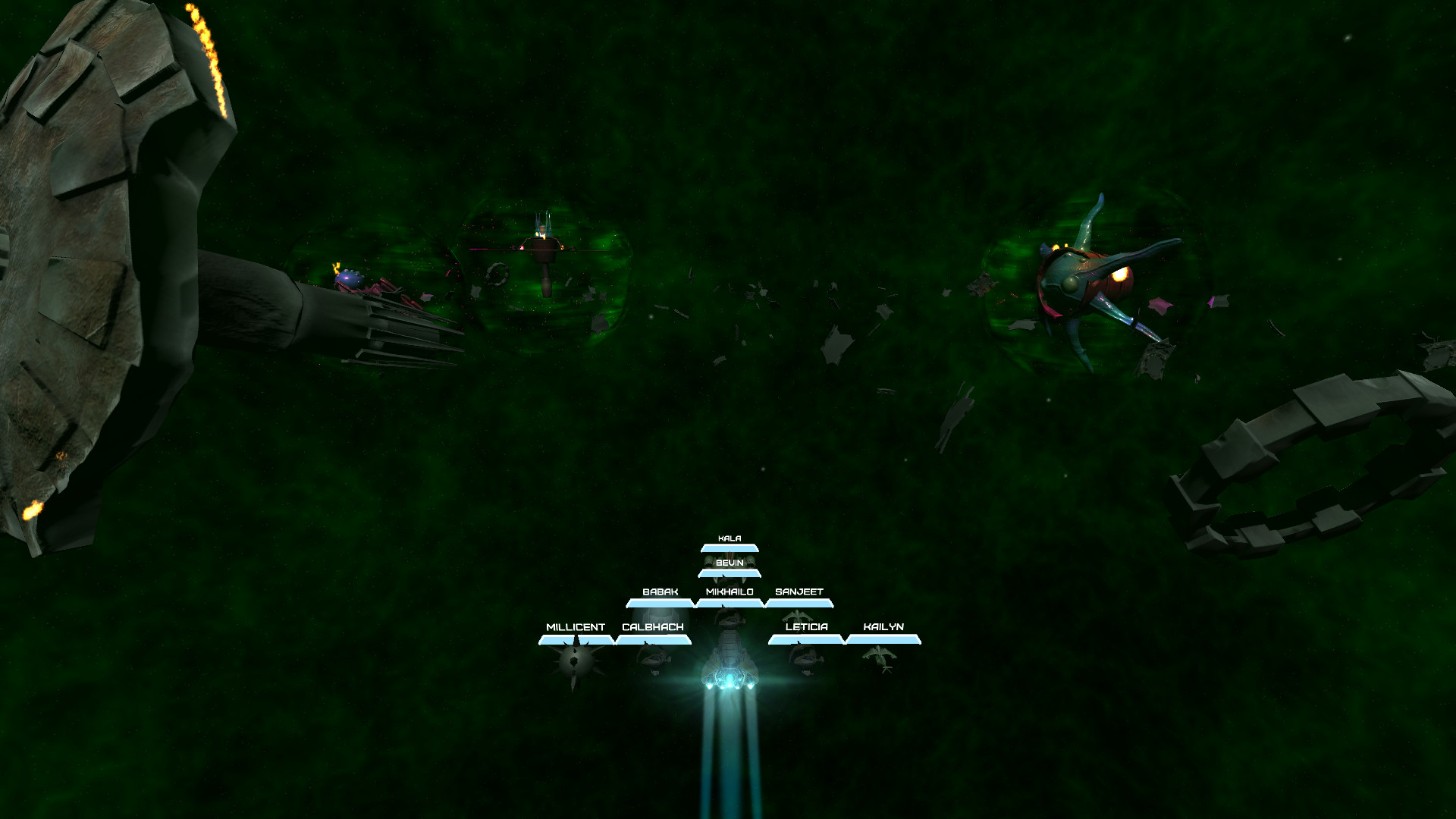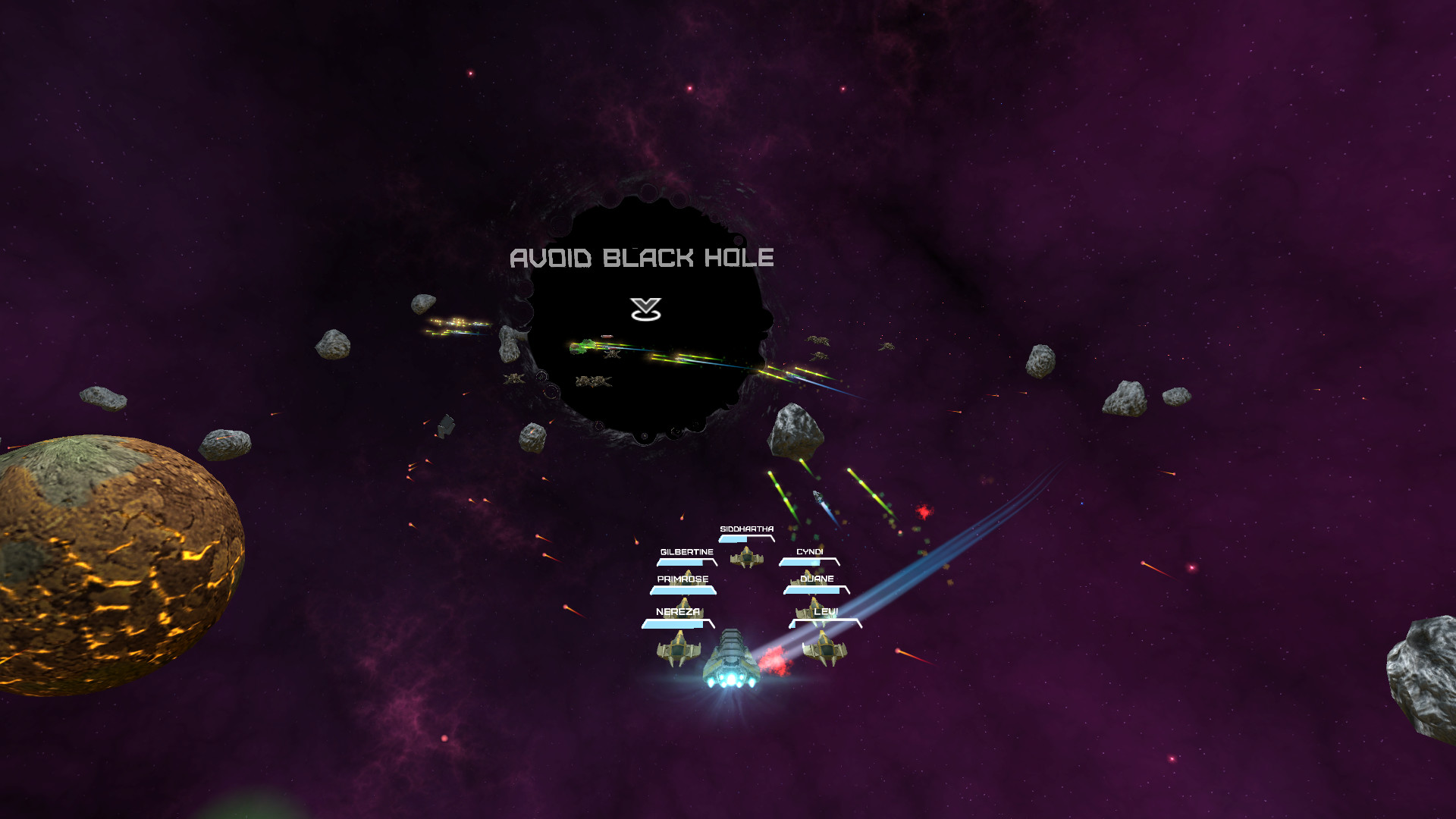Search
[{{{type}}}] {{{reason}}}
{{/data.error.root_cause}}{{{_source.title}}} {{#_source.showPrice}} {{{_source.displayPrice}}} {{/_source.showPrice}}
{{#_source.showLink}} {{/_source.showLink}} {{#_source.showDate}}{{{_source.displayDate}}}
{{/_source.showDate}}{{{_source.description}}}
{{#_source.additionalInfo}}{{#_source.additionalFields}} {{#title}} {{{label}}}: {{{title}}} {{/title}} {{/_source.additionalFields}}
{{/_source.additionalInfo}}Close Order (PC)

Close Order
Developed By: Raconteur Games
Published By: Black Shell Media
Released: January 21, 2016
Available On: Windows
Genre: Shooter
ESRB Rating: E – Mild Fantasy Violence, Mild Language
Number of Players: 1
Price: $4.99
Thank you Black Shell Media for sending us this game to review!
Every now and then, a video game comes along that tries something new. While most of the biggest and best-advertised games tend to play it safe nowadays, you can still find something that tries to break the mold if you look hard enough. What you might find could be rough around the edges, but packed with great ideas that are certainly worth a look – and Close Order certainly fits that bill.
Close Order is a 3D space shooter game programmed in Unity, and Raconteur Games’ first showing. As a space shooter, it lies somewhere in between Tyrian and Rogue Squadron: though you’re limited to a 2D plane, you’re fighting in a fully three-dimensional environment. Unlike both of those games, however, Close Order does not give you a single ship, or throw small groups of ships at you a few at a time – your enemies are great in number, as are your allies. While your freighter is lacking in firepower, what it does have is minions.
The meat of the game comes from its minion system: defeating an enemy awards you with one of three currencies, which you then spend to create some form of robotic helper craft that will fly alongside the main freighter. These minions come in offensive, defensive, and hybrid forms – for instance, one ship shoots a volley of slow-moving bullets that cover a wide area, while another has a sturdy energy shield to soak up attacks. You can buy, sell, repair, and rearrange your minions on the fly, and the game offers three different formation patterns to set up your squad. With no restrictions other than currency and minion limits, you can dynamically change your fleet to adapt to different situations. As you play, you’ll steadily unlock more minion slots and types. It’s a fresh, possibly unique take on the shooter genre that is executed well – at least, at its core.

Strong Points: Innovative gameplay; solid visuals
Weak Points: Very short; very easy; doesn’t use its ideas to the fullest
Moral Warnings: Ship to ship combat; mild language; one level involves shooting escape pods
The tragedy of the system is that Close Order offers very little with which to truly test its limits. There are only a handful of enemy ship types, and while they behave differently – some might try to flank you, while others will bunch up for a focused assault – only the dedicated kamikaze ships do anything other than shoot at you. Every enemy in the game can be outgunned by simply circle-strafing, up to and including the few bosses you’ll fight (save for one in an enclosed space). Likewise, there was little reason to switch up the minion setup at any time; a simple diamond formation with defensive units up front and shotgun-type fighters behind cleared the whole game with little trouble. Since there’s a dedicated minion repair button, and since repair costs are so low compared to how much money you rake in, there’s nothing stopping you from mashing the R button to become effectively invincible, as long as you keep your unfixable freighter safe.
The game offers eight story missions and two survival maps; none will take you much more than ten minutes to complete. Survival mode involves fending off increasingly difficult waves of enemies, rewarding you with a new minion type at the end; you can also slightly customize the maps, though you’re limited to enemy density and difficulty. The story missions vary the gameplay slightly, occasionally making you chase down fleeing enemies or traverse an obstacle course with mortars shooting at you. All in all, though, the content is a little lacking; survival mode could offer some more longevity to the game, but since circle-strafing trivializes every enemy, it’s just an exercise of holding down A or D, shift (to boost), and left mouse while sometimes hitting R to repair.
The story in Close Order exists; that’s about as much as one can say. Set in the future where Earth was destroyed in a planet-wide nuclear accident, and with the survivors populating the stars, three companions set out to make their way back to the ruins of Earth to track the remnants of humanity. Each mission has the three main characters of Mary, Abe, and Chakor talking about the current situation, and the first hub of five missions give a small narrated slideshow of the background of the events. These give the universe some appreciated character, but every new element is immediately and permanently discarded once the level is complete. Only the last three levels have some form of continuity, in the sense that the team is working to build a warp drive, but each level still punts you back to the hub world with no real sense of conclusion. What little flashes of story you get are rather interesting, but they remain just that: flashes.

Higher is better
(10/10 is perfect)
Game Score - 69%
Gameplay - 10/20
Graphics - 8/10
Sound - 8/10
Stability - 4/5
Controls - 4.5/5
Morality Score - 87%
Violence - 7/10
Language - 8/10
Sexual Content - 10/10
Occult/Supernatural - 10/10
Cultural/Moral/Ethical - 8.5/10
Outside of the gameplay, Close Order is mostly stable. The controls are simple and intuitive, with one exception: right clicking sends you to the minion purchase screen, but also sells a minion if you’re on the formation menu, meaning that moving from the latter to the former will always remove one minion. Also, there’s a big “repair all minions” button on the formation menu that simply doesn’t do anything at all, so hitting R is the only way to repair. In-game, however, every motion and command is accurate and responsive, with the above issues being minor annoyances at best.
The graphics look quite nice even on the lowest setting, and are also stable enough that frame drops, if any, went unnoticed. The music is fitting and nice to listen to, if not particularly memorable, though it would drop out for a few seconds at seemingly random times while playing. The sound effects are clear and varied, adding a forceful punch each time you fire. The 2D art is simple but stylish, which fits the feel of the slideshow-style intro movies – though these slideshows get unexplainably choppy at times. The enemy ships vary according to their capabilities, making it easy to discern opponent types; in particular, the dangerous kamikaze ships leave a bright orange trail as they fly, making it impossible to lose them in the chaos. There’s not much to fault Close Order on style-wise.
Morally, the obvious issue is the combat the game is based around: it’s limited to exploding ships that you’re told are piloted by mercenaries, but they’re never shown. There are a few rare instances of mild swears, with the most egregious being the hardest survival mode difficulty being called “bad*ss.” Perhaps the biggest issue lies in a single level, where you’re tasked with destroying escape pods fleeing a viral outbreak on a space station, even though it’s implied that they’re all filled with the people that started the infection. It’s complicated by the fact that the characters talk about rescuing them, and seem to come to the conclusion that it’s worth it to try to jam them into quarantine aboard their freighter, but your only option is to shoot them all anyway.
In the end, Close Order is a game full of potential that simply goes unused. A solid core combined with an innovative mechanic make it enjoyable to play, but the lack of content and challenge leaves much to be desired. Still, as a new developer working under the restrictions of Unity, it’s an impressive first outing; should they revisit this game in the future, they could pull off something truly amazing. Sitting at $4.99, and with a runtime under Steam’s refund time limit, it might be worth checking out – and consider letting Raconteur Games keep that five bucks if you do.
-Cadogan






